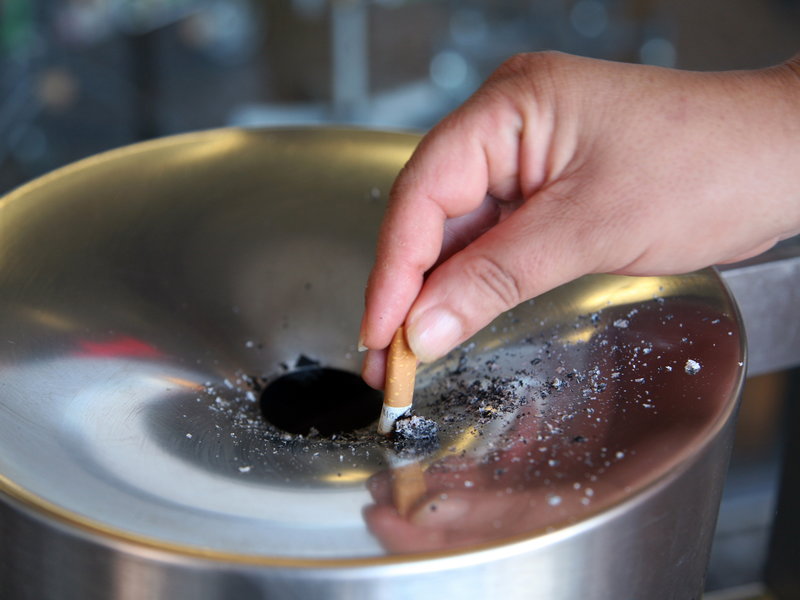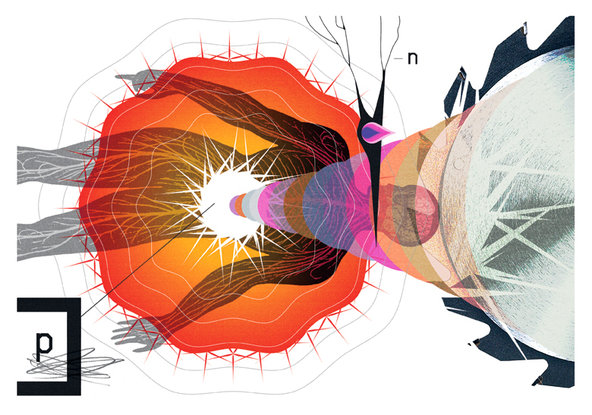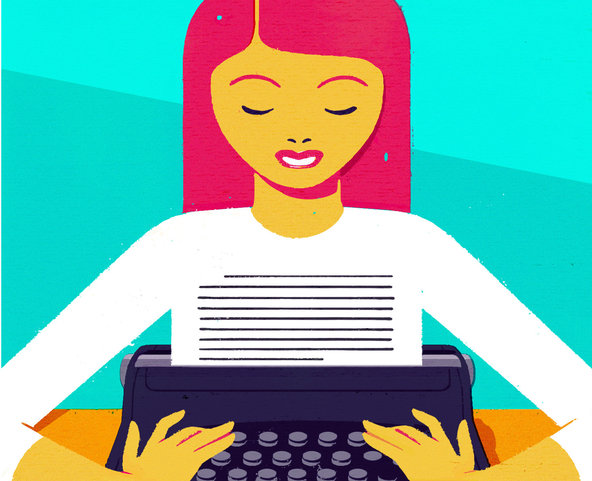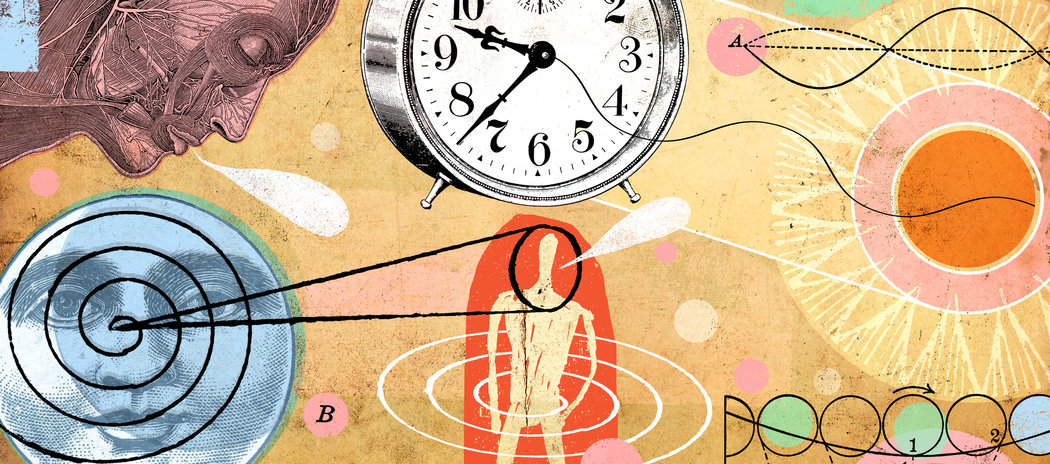
Nicola Lindson-Hawley remembers how hard it was for her mom to stop smoking.
“One of the reasons I find this topic very interesting and why I went into it was because my mom was a smoker when I was younger,” says Lindson-Hawley, who studies tobacco and health at the Nuffield Department of Primary Care Health Sciences at the University of Oxford.
She remembers helping her mom keep track of the number of days she’d stayed away from cigarettes by putting stickers in a journal. The experience made her want to help others stop smoking.
By studying about 700 adult smokers, she found out that her mom quit the right way — by going cold turkey. The results are out in the current issue of Annals of Internal Medicine.
Study participants were randomly assigned to two groups. One had to quit abruptly on a given day, going from about a pack a day to zero. The other tapered down over the course of two weeks, first to half a pack each day, and then to a quarter of a pack before quitting. To read more from RAE ELLEN BICHELL, click here.








